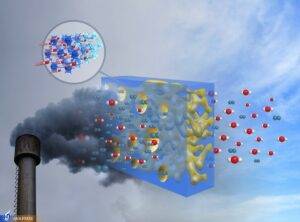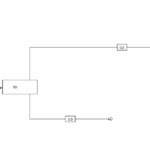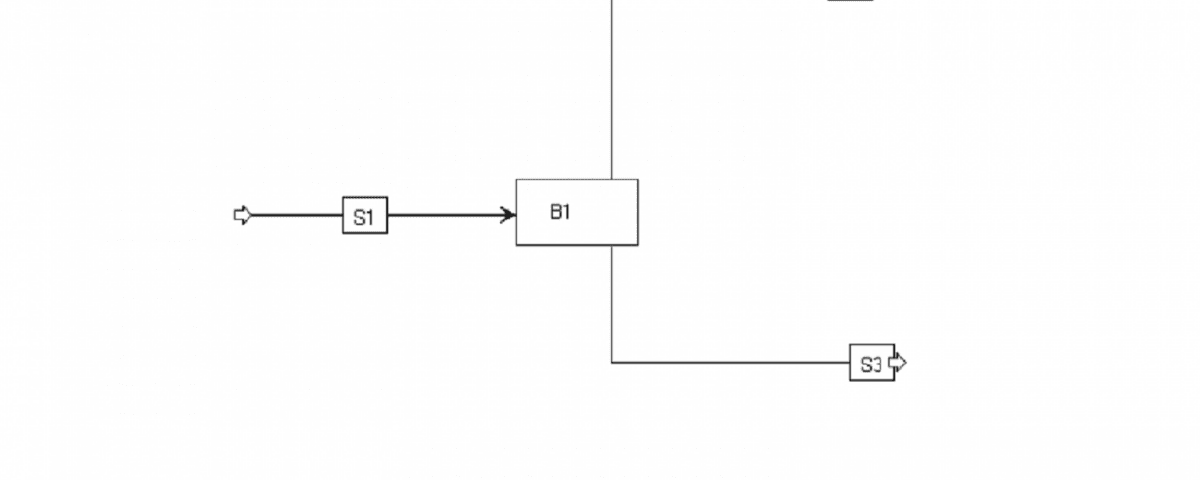Introduction
In the vast petrochemical industry, creative designs and process development methods aimed at reducing equipment size, minimizing raw material and energy consumption, and generating minimal waste must be prioritized. Moreover, our country, along with the world, is currently at a pivotal point regarding the optimization of energy resource usage, preventing waste of these resources, preserving them for future generations, and ensuring the provision of new, cost-effective, and clean energy sources. One of the most effective approaches to achieving these goals is the utilization of modern membrane processes. Typically, separation is one of the most costly stages in chemical and petrochemical industries. Membrane processes offer numerous advantages over many conventional separation methods (such as distillation, extraction, absorption, and adsorption).
In this project, after providing a brief overview of membrane technology, we will focus on the simulation of the helium separation process from a gas mixture using membranes.
In membrane processes, no phase change occurs, which is typically energy-intensive, and they do not require the use of expensive adsorbents. Additionally, there is no necessity for solvents that are difficult to handle. These processes are also highly compact, easily scalable, entirely automated, and do not involve any moving parts. In this context, and considering the importance of membrane-based separation processes as well as the urgent need for our country to adopt this modern and strategic technology, along with the challenges associated with sourcing these technologies from abroad, one of the main long-term objectives is to achieve the capability to manufacture various types of membranes, develop modular technologies related to these membranes, and advance various membrane process technologies domestically.

Membrane Technology
Today, membrane technology has gained a special position in various industries due to its numerous advantages compared to other separation technologies. The increasing application of this technology, particularly in the oil, gas, and petrochemical industries, is indicative of its significance. Although this technology has a shorter history than other technologies, it has managed to capture a substantial share of the market and continues to increase its market presence each year, thanks to advancements in its development and improvement.
Industrial gases are typically removed using equipment such as packed columns, spray towers, scrubbers, and bubbling columns. In these systems, dispersing the gas phase into a liquid phase enhances the contact area and thus increases the mass transfer rate. Although these methods are quite common, there is no accurate estimation of the mass transfer area associated with them. Due to process limitations in the flow rates of liquids and gases, polymeric non-porous membranes are often used for gas separation. The use of solid membranes for gas removal is limited due to low selectivity and permeability coefficients. To address this issue, membranes with higher selectivity and greater thermal resistance have been developed. The figure below illustrates a part of the noble gas separation unit utilizing membranes.

Membrane Applications
By utilizing an appropriate membrane structure, such as hollow fibers, two fluids can be in contact with each other on either side of the membrane. The gas-liquid contact surface is formed at the opening of each membrane pore. Membrane contactors are devices used in various industries to create a contact surface between two different phases (gas/liquid and liquid/liquid). Enhancing and controlling the contact surface area is a priority for designers of separation equipment because a greater and more effective contact area leads to reduced equipment volume and, ultimately, lower capital costs. Membrane contactors represent a significant area of research in leading global research centers.
The high capabilities of membrane contactors make their use essential in processes such as natural gas sweetening, as the contact surface created between the two phases and the high mass transfer rate result in reduced separation equipment size, lower investment costs, and ultimately a more economical natural gas sweetening process utilizing membranes.
Simulation of Helium Separation from Gas Mixture Using Membranes
In this project, a comprehensive one-dimensional mass transfer model is employed for the purification of helium. Hollow fiber membrane contactors have a structure similar to shell-and-tube heat exchangers. Numerous hollow fibers are placed inside metal chambers called modules to form the overall structure of the membrane contactor. The gas phase flows through the shell or tube.
Mathematical models have been developed considering a permeable membrane that consists of several hollow fibers with one end closed and a specific size. In this configuration, the feed stream flows in the shell side of the container, entering from the open end of the fibers, while the remaining product stream exits from the closed end. Additionally, the permeated product stream within the fibers is collected from the open end of the fibers.
The simulation of the helium separation process from a gas mixture utilizing membranes has been carried out using Aspen Custom Modeler (ACM). Furthermore, this project includes a coding file in MATLAB, a report, and an instructional video.


